We have come to our nation’s capital to cash a check. When the architects of our republic wrote the magnificent words of the Constitution and the Declaration of Independence, they were signing a promissory note to which every American was to fall heir. … It is obvious today that America has defaulted on this promissory note insofar as her citizens of color are concerned. Instead of honoring this sacred obligation, America has given the Negro people a bad check, a check which has come back marked “insufficient funds.” But we refuse to believe that the bank of justice is bankrupt.
Rev. Dr. Martin Luther King Jr. said these words during his infamous “I Have a Dream” speech. But these words are rarely the ones included in discussions about his speech. People seem to not realize that in order to get to the “Promised Land” where “little Black boys and girls will be holding hands with little white boys and girls,” Black Americans must be made whole in the form of repayment for the injustices committed against a disenfranchised and marginalized group of people.
Andre Perry and I laid out a reparations agenda that is a 21st century New Deal of sorts to provide restitution to the descendants of enslaved Black people and fulfill the promissory note that Dr. King discussed regarding the restoration of true liberty and justice for all in our nation. We suggest a community collective model for reparations that must include education scholarships and student loan forgiveness, housing grants for down payments, and business grants for Black business owners. This model can also include direct payments to descendants of slaves. Some cities and states are moving forward with reparations models to address these inequities.
Some people balk at reparations for Black Americans. Most opposition centers on the lack of historical knowledge and innovation to think about a payment structure. First, everybody should read Ira Katznelson’s When Affirmative Action was White. It lays out how disenfranchisement extended well into the 20th century to exclude Black Americans from New Deal policies that helped to create the middle class.
Second, federal land is key. Over 25% of land in the United States is federally owned. This does not even include land owned by states and local municipalities. Staying true to the original proposition of 40 acres and a mule, federal land can be leveraged in multiple ways that include leases and sales with the proceeds used to fund a federal reparations program for Black Americans. Similar to reparations for Jewish people persecuted by the Holocaust, reparations for enslavement can be dispersed over time. Obviously, there are issues with U.S. land being Indigenous land. This needs to be addressed. So, tax money can also be used. Many object to this idea, but they fail to realize that tax money is used to fund similar programs in the U.S., including reparations to Japanese Americans for WWII internment and Native American tribes.
Some believe MLK’s dream is actualized because children across racial/ethnic groups can hold hands and attend school together. Legally, this is true. In reality, this is a fleeting goal. Neighborhoods and schools are more segregated today than they were in 1993. Memphis, where MLK was assassinated, is so segregated that over 60% of Black and white people living there would have to move for the city to be integrated. This is important because children raised in integrated neighborhoods, relative to segregated neighborhoods, have higher lifetime earnings in adulthood.
This is why the community collective model to funnel resources to hubs where Black Americans are segregated is an evidence-based approach to create racial equity. Reparations are about repair. Reparations are about making a fractured people whole due to past wrongs. The same way that enslavement lasted roughly 250 years, we are still trying to heal as a nation more than 150 years later.
Every time racial progress is made, we frequently see a reversal of it. Shortly after the Civil War, convict leasing, Black Codes, and Jim Crow erased much progress. In the 1960s, following a series of assassinations and brutal beatings of peaceful protesters by police, the U.S. passed sweeping civil rights legislation. But recent SCOTUS rulings and state legislatures are removing this progress, particularly the ability to even read and discuss this history in schools.
Altogether, the 40 acres and a mule promised to Black people never happened. This is the Promised Land that MLK speaks about. The Beloved Community King wrote about can only come to fruition if people are treated equally (the same). People can only be treated equally if they are first treated equitably (providing them with what will make them whole). Approaches centered around restorative justice, truth, and reconciliation will help heal our nation. Sixty years ago, at the top of the Lincoln Memorial steps, MLK knew reparations were a fundamental part of reaching the “Promised Land.” We are still trying to make it there.
The Brookings Institution is committed to quality, independence, and impact.
We are supported by a diverse array of funders. In line with our values and policies, each Brookings publication represents the sole views of its author(s).
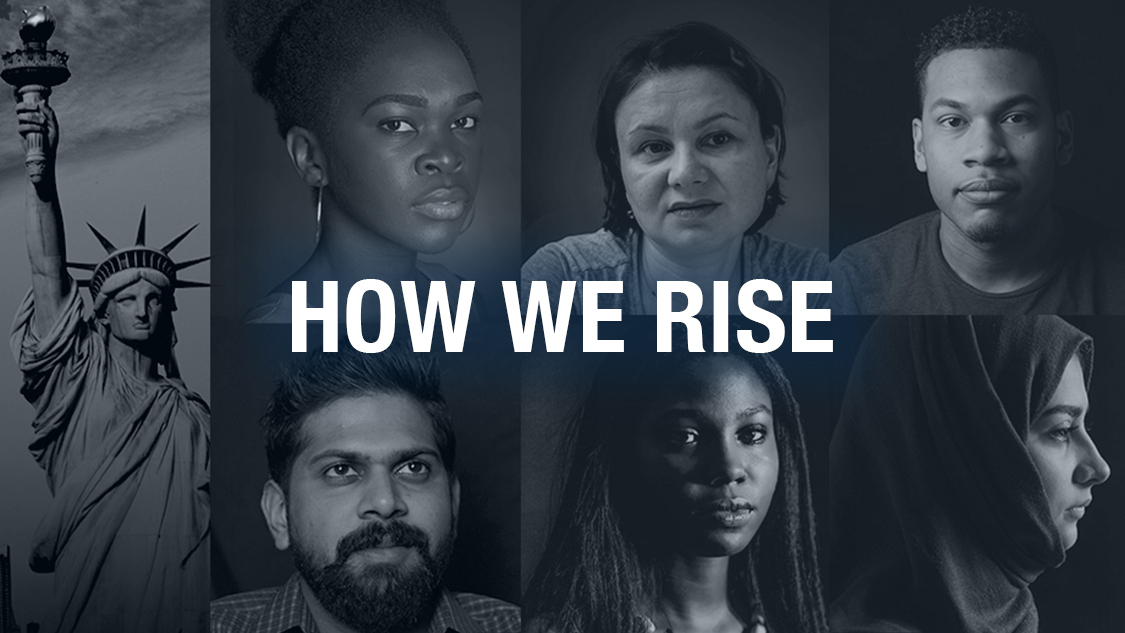
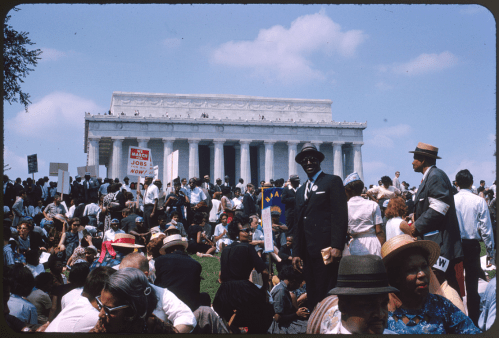
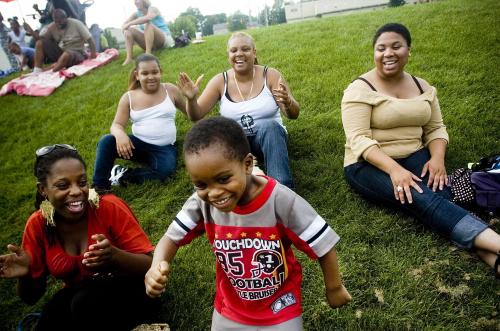


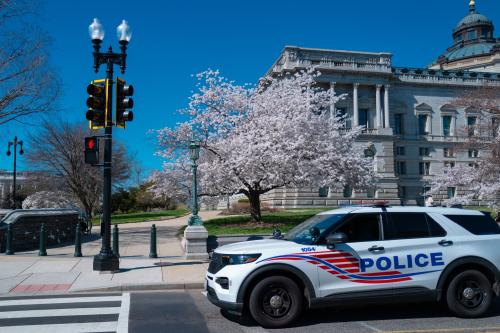
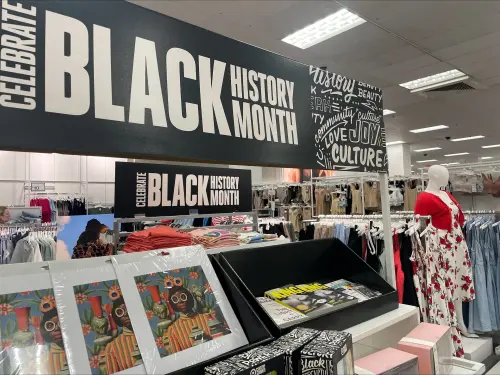
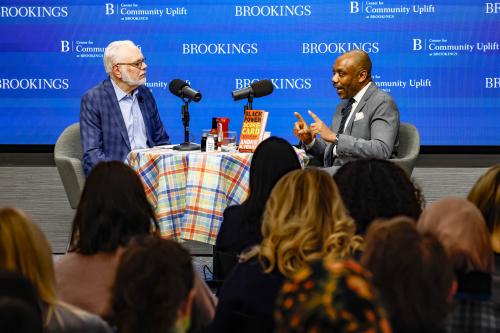
Commentary
The March on Washington was a case for reparations
September 8, 2023